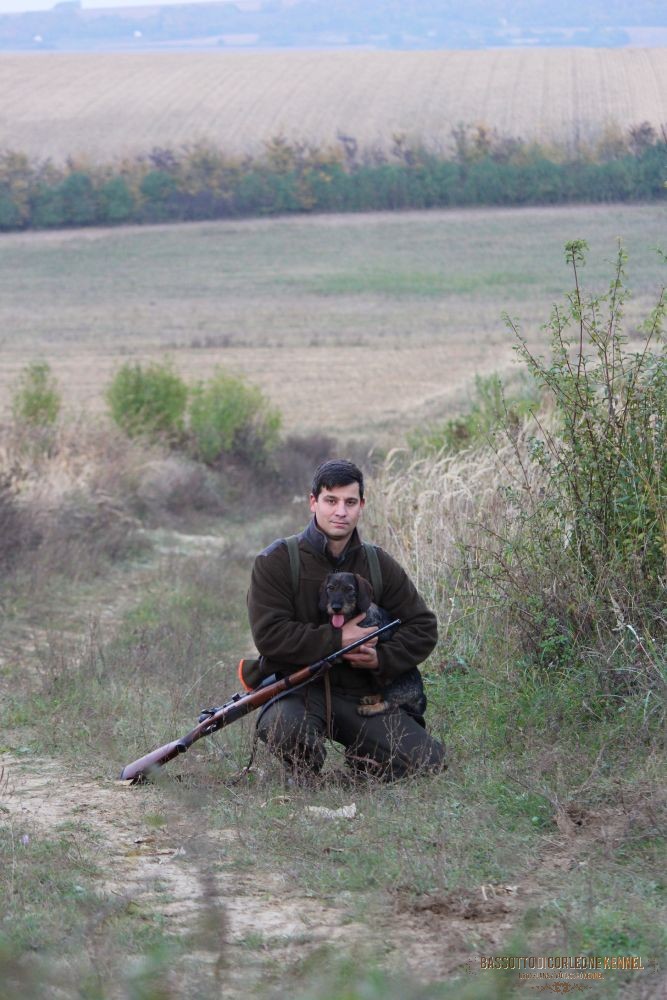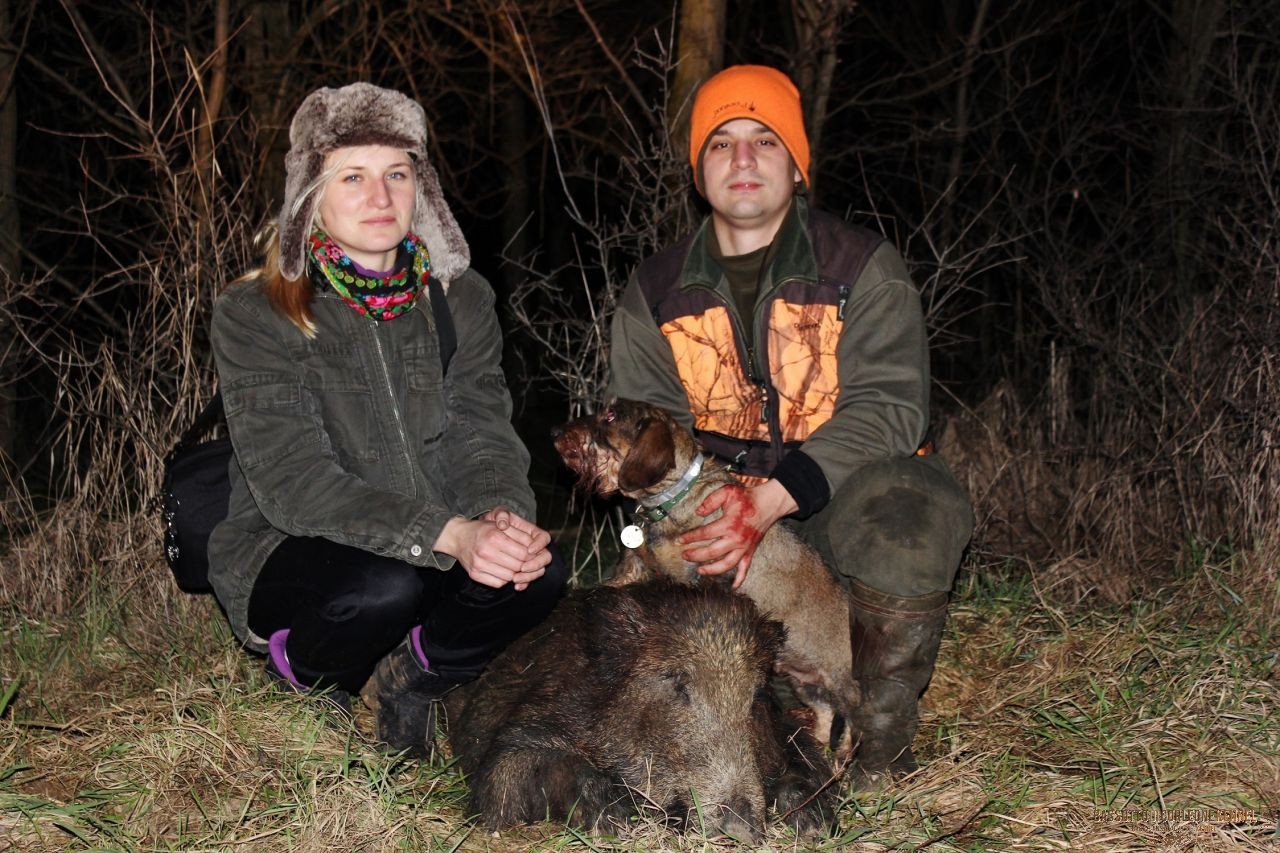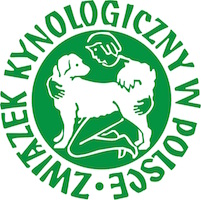These are the stories from The International Working Teckel book, what I wrote about my dachshunds
By Gábor Asztalos, Hungary
The amazing power of the dog’s sense of smell is almost beyond belief - which is why I will probably never totally understand how canine scenting processes work. So, I am definitely not 'teaching' dogs how to track wounded game, just providing some direction and a framework in which they are able to learn what is expected from them. The rest is up to their incredible noses and their natural instincts. The following wounded, wild boar tracking stories show real examples of the abilities of our four-legged hunting partners:
One afternoon, I just arrived home and put down my hunting bag when my phone began to ring. One of my friends called to say that he wounded a wild boar and he needed my dog. I thought 'oh man, tomorrow I have to visit a relative, following an invitation to a fallow deer hunt in a special hunting area and I have to get up very early. But without any further hesitation, I said "OK, let’s try it".
I don’t like to track in the dark with my dogs, especially on wounded wild boar as it can get pretty dangerous, but this was an exceptional case and, moreover, the scent was already a few hours old; cold and ideal to work on. So, 20 minutes later my friend arrived and picked us up. We went to the hunting area of our hunting organization, to the high stand where my friend had wounded the boar and I had also shot and found quite a few wild boar in the past - so the areal was familiar to me. I knew that it would not be easy, because the terrain is covered in thick bramble bushes and fallen trees, mixed with standing acacia trees.
I asked him about the shot, the signs on the boar and in which directon it went. He told me that first the wild boar went down, but few minutes later stood up and ran into the acacia forest to the left side. He then took one more shot before the boar disappeared. He also said that the second shot was not precise at all, so it could hit the boar anywhere - or nowhere.
I examined the place where he had hit the boar and found only a few drops of blood, nothing more, so I decided to start the tracking with my most experienced tracking dog, 'Diana Kleopátra'. But after a few metres, there was still no blood or any signs and I had the feeling that something is not right and we’re on the wrong way. So, I decided to try once again from the very beginning. I put the dog right back on the straight point. After the fourth time re-starting the track we finally found the right way, but there was still no visible blood. Nevertheless, we continued the tracking and after over 200 metres she showed me the first drop of blood on the grass. I touched and praised her good work and we continued. The dog was working in unusually large curves, to the left and then to the right, but apart from that one single drop there was no blood to be seen anywhere. I realized that this was an exceptional track because the behaviour of the boar was different to how a wounded boar normally behaves when escaping through the woods. However, I also knew that my dog was on the correct line, because she had recovered many wounded animals before and we knew each other competely. So, I continued the tracking and trusted my dog and, after 2 kilometres tracking, she showed me a drop of blood in the bramble bushes, by this time, the bush got so thick, I was crawling on my hands and knees rather than walking upright. The terrain was extremely hard and dangerous, for both me and the dog, but after another 500-600 metres I heard the wounded boar, so I decided to release 'Diana' from the leash to start the chase. But the boar just laid down, with the dog barking at it. He was still alive and looked at me, but couldn’t manage to stand up again. I put the boar out of its misery with a single shot and checked on the other entry wound. The first shot was in his left ear and had not bled very much, and that was the reason that we found so few drops of blood on his trail. This lack of blood, together with the boars behaviour, led me to believe that he had suffered a massive concussion, which was he ran in so many curves. The leash work was 3 kilometres long without the chase, and the boar a 2-year-old, weighing around 60 kilos.
Recovered left ear-shot boar with Diana Kleopátra (the photo was not published in the book)
I worked a lot like this with 'Diana Kleopátra', with more than 25 game animals recovered. Her last work was on a red stag back in 2015 and she is now over 10 years old and retired, but I based my kennel on her good working genes.
Recovered red stag, 2015 (the photo was not published in the book)
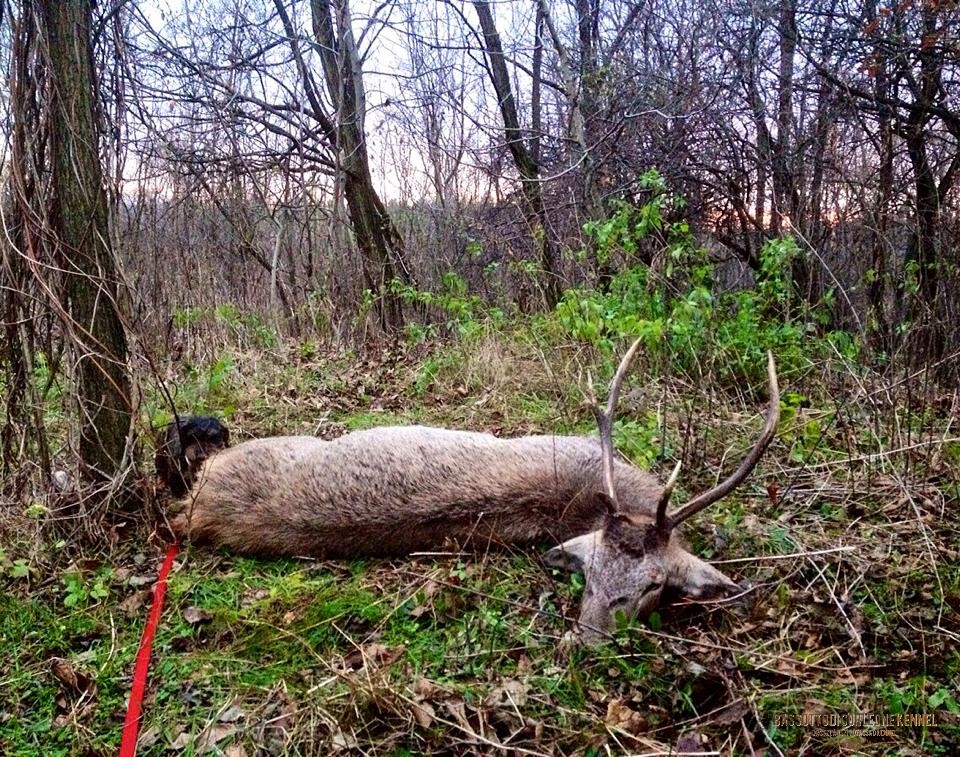
The 2018/2019 hunting season was a very busy one, we worked from October until middle of January. This was the tenth driven hunting season for me and my dogs, we also took part in a two day driven event organized by our club at Karasica Völgye VT in Hungary. Such a event needs to be well organized from all sides if it is to be successful. Every hunter is given a map of the area, together with information about what kind of game is he allowed to shot, when the breaks will be, shooting stand positions and also safety rules. Foreign hunters are accompanied by club hunters in order to avoid accidents. They show them the forbidden shooting directions and safety zones.
After the official opening ceremony, the hunters went to their shooting stands. We, as beaters, waited with our dogs for the starting sign, which is a call from the head of the hunting club. Everybody stood in a line and waited patiently for the hunt to start. A few beaters had their guns with them. After the starting signal, we released the dogs and walked slowly forwards together, always keeping the line. The terrain was once again very hard and covered by thick bramble bushes and acacia trees. Working brambles is very hard for dachshunds because they are small and low to the ground and this time, my dog, 'Bassotto di Corleone Himeras', got many scratches on her head, legs and chest. Also, the first thing in the morning, there was still ice and some snow, so the conditions were tough for 'Himera'. We had to stop a few times because the dogs needed more time to work through the bushes, but eventually, they managed to push many wild boar out of the thick vegetation and towards the waiting hunters on the stands.
On this two-day hunt, the GPS Tracker device on my dog 'Palinka z Dziada Pradziada', the mother of 'Himera', showed that she ran 15 kilometres each day, with 2-3 drive changeovers. 'Himera' ran even more kilometres during the same amount of time. One may say that this kind of modern technology is not necessary. For me, it is crucial. Not only can I a total of 8 dogs through my mobile phone, and find them if they are injured, but the tracker also makes it possible to monitor their hunting style and tells me a lot about their working abilities. I like my dogs to stay close to me, and with help of the device, I could see that they worked 150 - 700 meters around me, with chases on wild boar up to 2 kilometres. But, when the boar is shot or if they lose the track, they always return to me, which is what I want.
Modern technology also helps when it comes to put wounded game out of its misery. At the first changeover on day one, I saw on the phone that two dogs stayed in one place, barking. I realized that there must be a wounded boar at this position, so we went back to help the dogs, and found the wild boar still alive, and it had even taken a bite from the tracker's antenna, which was obviously still working despite this. The boar was dispatched with a knife. Without the trackers, we would not be able to find the boar so quickly to end its suffering.
'Himera' with a GPS collar, ready to do some work
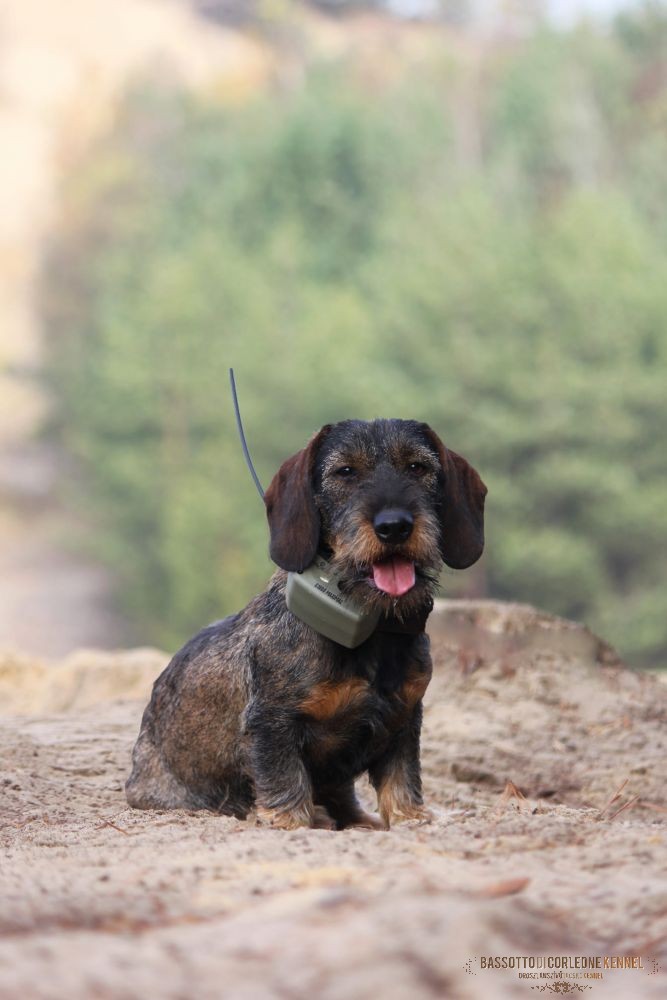
On the second day, work started early for us. My dog 'Rudzik z Dziada Pradziada' followed a 17-hours-old and very difficult track, as fresh snow had fallen the evening before. He did very well, but the hunter must have missed as we did not find any evidence that the boar had been wounded. So, I decided that I would go back to the second drive after the first changeover. Two of my dogs came with me, 'Palinka z Dziada Pradziada' and 'Bassotto di Corleone Himera'. It was a very cold and windy day, hard for both beaters and dogs. Towards the end of the last drive, at the end of the day's hunting, a hunter from the last high stand wounded a boar. We could see the situation happening from the line, as the boar came out of the bushes and left the area, heading towards a hilly terrain. When we arrived at the place the boar had been hit, my dogs found blood and some stomach and intestinal parts, too. The hunt was over, but I had the chance to track this stomach-shot boar. I decided to begin the track from the bramble bushes where the dogs found the signs of the shot. Because I could see the blood on the snow, I thought we would recover the boar and finish the work within a short time. But after the first 500 metres, the strong wind covered the track with more snow, making it impossible for me to see the blood anymore. 'Himera' and 'Palinka' worked precisely and found where the boar had first laid up, but he already moved. The track went on, with blood every 200-300 metres and more places where he had paused. I was bit stressed because I realized that the boar had gone towards the bushes near the main road, which was maximum 25 metres away. At the twelfth place the boar had laid down, I stopped and asked for permission to continue the track. The road was so close, and I don't want an accident to happen, so I put my dogs in the care of a friend who was with me as the risk of them getting hit by a car was too great. As the boar was still alive, I continued the tracking on my own, and I was lucky, the boar stayed in the bushes and after going round and round in the dense vegetation, had finally laid down for the last time. I gave him the final shot, with a gun I had had to clean couple minutes before because of all the snow that got inside. I had also lost a few bits and pieces in the thick undergrowth, but it was worth it. The boar, stomach-shot, had gone 3000 metres in total, but thanks to the incredible nose of my hunting dogs, his suffering had been brought to an end. This is what hunting and dog work is all about: when a human makes a mistake as a bad shot, the dog is there to make sure the pain of wounded animal will end as a quick as possible.
Recovered stomach-shot boar, 3000 metres work in total
.jpg)


